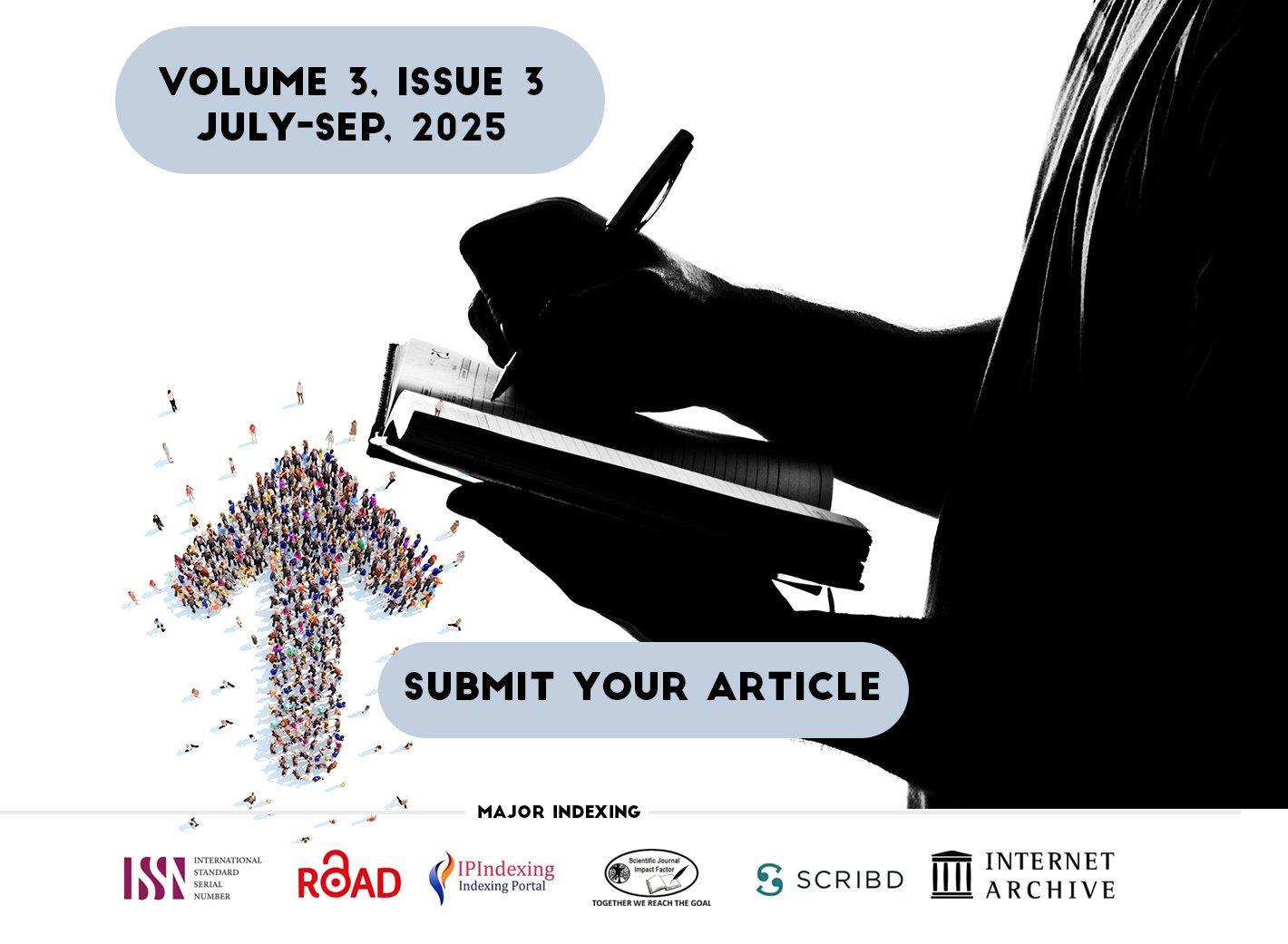Navigating the Legal Landscape: The Impact of Emerging
Technologies on Data Privacy :
The rapid evolution of technology, encompassing Artificial Intelligence (AI), Internet of Things (IoT), and blockchain, has ushered in a new era of data handling. This blog explores the profound influence of emerging technologies on data privacy, examining the evolving legal landscape grappling with the complexities introduced by these innovations.
The Rise of Emerging Technologies:
AI, IoT, and blockchain have become integral components of various industries, presenting both unprecedented opportunities and challenges to data privacy frameworks. Companies leveraging these technologies face increased scrutiny over their management of sensitive information.
Legal Adaptation to Technological Advances:
In response to technological shifts, governments and regulatory bodies worldwide are reevaluating and updating existing laws to address the unique challenges introduced by these innovations. This section explores noteworthy examples of legal modifications aimed at accommodating emerging technologies within the data privacy framework.
AI’s capacity to process vast datasets for decision-making raises ethical concerns, particularly regarding algorithmic bias. Legal frameworks are increasingly focusing on ensuring fairness, transparency, and accountability in AI systems to mitigate discriminatory outcomes.
AI in Healthcare: Balancing Innovation and Patient Privacy:
The healthcare sector’s adoption of AI for diagnostics and treatment planning requires a delicate balance between innovation and patient privacy. Case studies and legal analyses illuminate how regulators address concerns surrounding the use of sensitive health data in AI applications.
IoT and the Legal Challenges:
The widespread use of IoT devices has created a vast network of interconnected gadgets, raising concerns about data security and user privacy. This section explores the legal challenges posed by the sheer number of devices collecting and transmitting data in homes, businesses, and public spaces.90
Legal Implications in Smart Homes:
Smart homes, equipped with IoT devices for automation and convenience, introduce novel legal considerations. Examining relevant case law and privacy regulations, we delve into the balance between the benefits of smart home technology and potential
intrusions on personal privacy.
Blockchain and Data Privacy:
Blockchain’s decentralized nature challenges traditional notions of data ownership. We analyze how legal frameworks are responding to the novel concept of individuals having more control over their data through blockchain-based solutions.
Smart Contracts and Privacy Concerns:
Smart contracts, a key feature of blockchain technology, offer automated and secure execution of agreements. However, legal challenges arise concerning the privacy of contractual information. This section explores cases where the intersection of smart contracts and privacy laws comes under scrutiny.
Case Law: Carpenter v. United States (2018):
Within the context of data privacy and emerging technologies, the case of Carpenter v. United States (2018) is particularly illuminating. This landmark decision by the United States Supreme Court addressed the Fourth Amendment implications of warrantless
acquisition of historical cell phone location data, challenging established doctrines and emphasizing the evolving nature of technology in shaping privacy expectations.
Analysis of landmark cases and recent developments
Indian Jurisprudence on Right to Privacy:
• Article 21 of the Indian Constitution watches: No individual will be in hardship of his/her own freedom or life aside from with understanding to systems that are built up by the law.91 Be that as it may, the Indian Constitution prevents to explicitly perceive the ‘right to security’ as a major right yet.92
• Regardless of whether such ‘right to protection’ is a major right or not was first reviewed by the Supreme Court inside the case: M. P. Sharma and Ors. v Satish Chandra, (District Magistrate), Delhi and Ors93. where such warrants were given for such hunt and seizure under the areas that are 94 and 96
(1) of the CRPC94 were put to challenge. The Supreme Court reached the conclusion that any intensity of search and seizure were not in repudiation of sacred arrangement.
• Further, the Supreme Court had ceased from giving any acknowledgment for the privilege to protection inside the crucial right that is ensured by the Indian Constitution by perception as under:
An impact of such pursuit and seizure which is in any arrangement of statute and an abrogating capacity to the State for the insurance of Social Security which force is essentially managed by law. At the point when the constitution creators have seen that
it is fit not to expose such guideline to any established impediments by acknowledgment of a key right to security, practically equivalent to the Fourth Amendment, we’ve no legitimization to import it, into a totally extraordinary central right, by some procedure of stressed development. nor is it genuine to accept that the sacred insurance under Article 20(3) would be vanquished by the legal arrangements
for look.
• In such an instance of Kharak Singh v State of Uttar Pradesh and Ors.95 The issue to be considered by the Supreme Court was if the reconnaissance by domiciliary visits near evening time against the blamed used to be a maltreatment to the right ensured under Article 21 of the Constitution of India, which brings the issue if Article 21 was complete within for right to protection. The Supreme Court reached the conclusion that
if any such reconnaissance was truth be told, in contradiction of Article 21. Most of the judges additionally went to hold that Article 21 doesn’t unreservedly or explicitly
accommodate any protection arrangement along these lines right to security couldn’t be understood inside any basic right.96
The Supreme Court observed:
Having given such issues the best thought, we are obvious to the feeling, the opportunity that is ensured inside the Article 19(1)(d) doesn’t encroach on any watch being kept over such developments of the suspect. Additionally, we don’t consider that
Article 21 has any importance to the setting as it was looked for to be proposed by learned Counsel for such a candidate. As it is now brought up that the privilege of protection isn’t ensured directly under our Indian Constitution and accordingly any endeavour to find out such developments of a person which is just a way in which
security attacks isn’t some encroachment of a central right ensured by Part III of the Indian Constitution.
Be that as it may, the minority is of the supposition that by Justice Subba Rao perceived security as a significant aspect of our own freedom and accordingly Article 21 of the Indian Constitution by observing:
In A.K. Gopalan case97, which has been portrayed that freedom means identifying with or concerning such individual or body of an individual and covering up/her own freedom as in is the direct opposite of such physical limitation or compulsion.
The articulation has been wide enough to take in a correct that will be liberated from any limitations that are set on his developments. The articulation pressure in our advanced age can’t be translated to a thin sense. In a general public which is unrefined, where there are no hindrances, just physical limitations which may
diminish individual freedom, however as civilization progresses the mental restrictions are more powerful than physical ones. The logical strategies that are utilized to condition to a man’s brain which in genuine sense or physical restrictions as they incite the physical dread which channels one’s activities through expectation and anticipated furrows. So the making of conditions which likewise essentially cause hindrances and dread edifices can be portrayed as physical restrictions.





